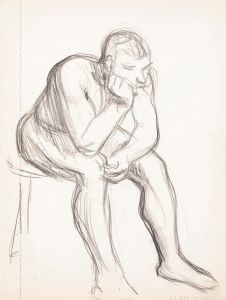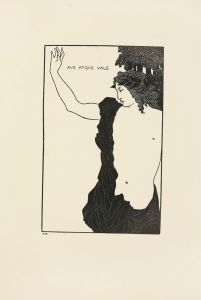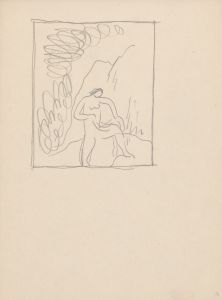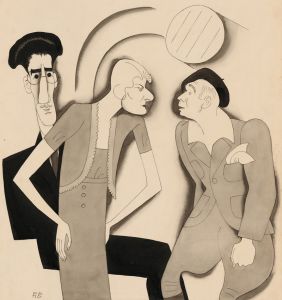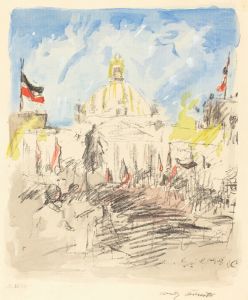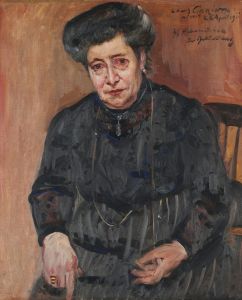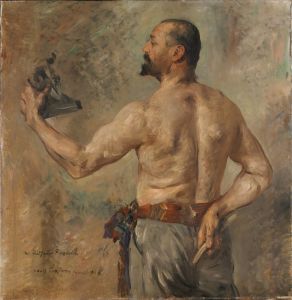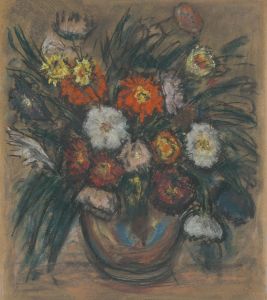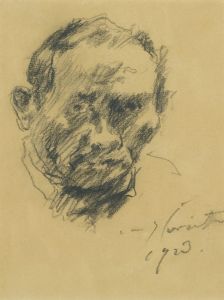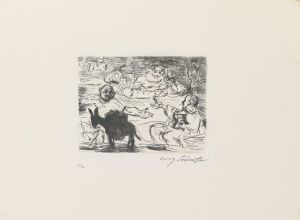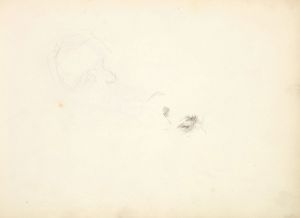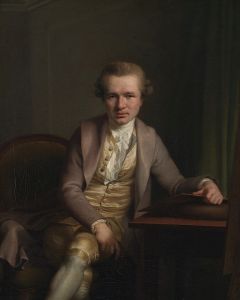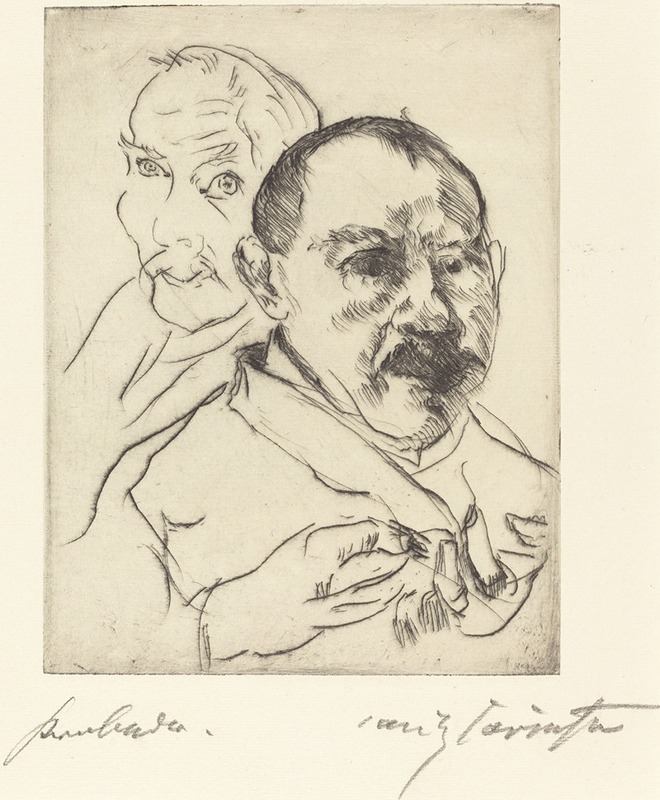
Sketch of Two Male Heads
A hand-painted replica of Lovis Corinth’s masterpiece Sketch of Two Male Heads, meticulously crafted by professional artists to capture the true essence of the original. Each piece is created with museum-quality canvas and rare mineral pigments, carefully painted by experienced artists with delicate brushstrokes and rich, layered colors to perfectly recreate the texture of the original artwork. Unlike machine-printed reproductions, this hand-painted version brings the painting to life, infused with the artist’s emotions and skill in every stroke. Whether for personal collection or home decoration, it instantly elevates the artistic atmosphere of any space.
Lovis Corinth was a prominent German painter and printmaker, known for his significant contributions to the transition from Impressionism to Expressionism in the late 19th and early 20th centuries. Among his diverse body of work, the "Sketch of Two Male Heads" stands out as a notable example of his skill in capturing human expression and form.
The "Sketch of Two Male Heads" is a drawing that exemplifies Corinth's adeptness with line and form. While specific details about the creation date or the context of this particular sketch are not widely documented, it is consistent with Corinth's broader artistic style and interests. Corinth often explored the human figure, and his sketches frequently served as studies for larger works or as exercises in capturing the nuances of human expression.
Corinth's work is characterized by a vigorous and dynamic style, often employing loose, expressive lines that convey a sense of movement and vitality. In "Sketch of Two Male Heads," this approach is evident in the way he renders the features of the two subjects. The sketch likely focuses on the interplay of light and shadow, a technique Corinth used to give depth and dimension to his figures. This method allows viewers to perceive the emotional states and personalities of the subjects, even in a seemingly simple sketch.
Throughout his career, Corinth was influenced by various movements and artists. Initially, he was associated with the Munich Secession, a group that broke away from traditional academic art in Germany. Later, he became a leading figure in the Berlin Secession, where he further developed his style, incorporating elements of both Impressionism and Expressionism. His ability to blend these styles is evident in his sketches, where the immediacy of Impressionism meets the emotional intensity of Expressionism.
Corinth's personal life and experiences also played a significant role in shaping his artistic output. After suffering a stroke in 1911, his style became more expressive and raw, reflecting his personal struggles and resilience. This period of his life saw a shift in his work towards more intense and sometimes darker themes, although it is unclear if "Sketch of Two Male Heads" was directly influenced by this phase.
The significance of Corinth's sketches lies not only in their artistic merit but also in their contribution to the study of human anatomy and emotion. His ability to capture the essence of his subjects with minimal lines demonstrates his mastery of the medium and his deep understanding of human psychology.
In summary, "Sketch of Two Male Heads" by Lovis Corinth is a testament to the artist's skill in rendering human expression and form. While specific details about this particular sketch are limited, it remains an important piece within Corinth's oeuvre, reflecting his broader artistic themes and techniques. Corinth's work continues to be celebrated for its dynamic style and emotional depth, securing his place as a pivotal figure in the history of modern art.






